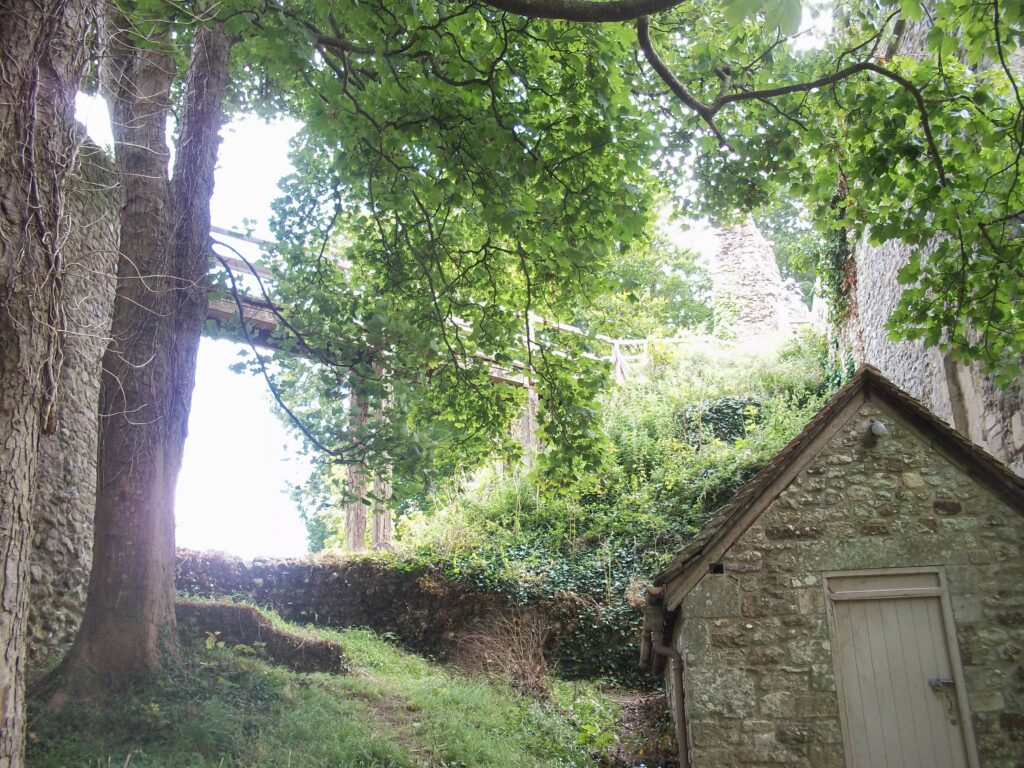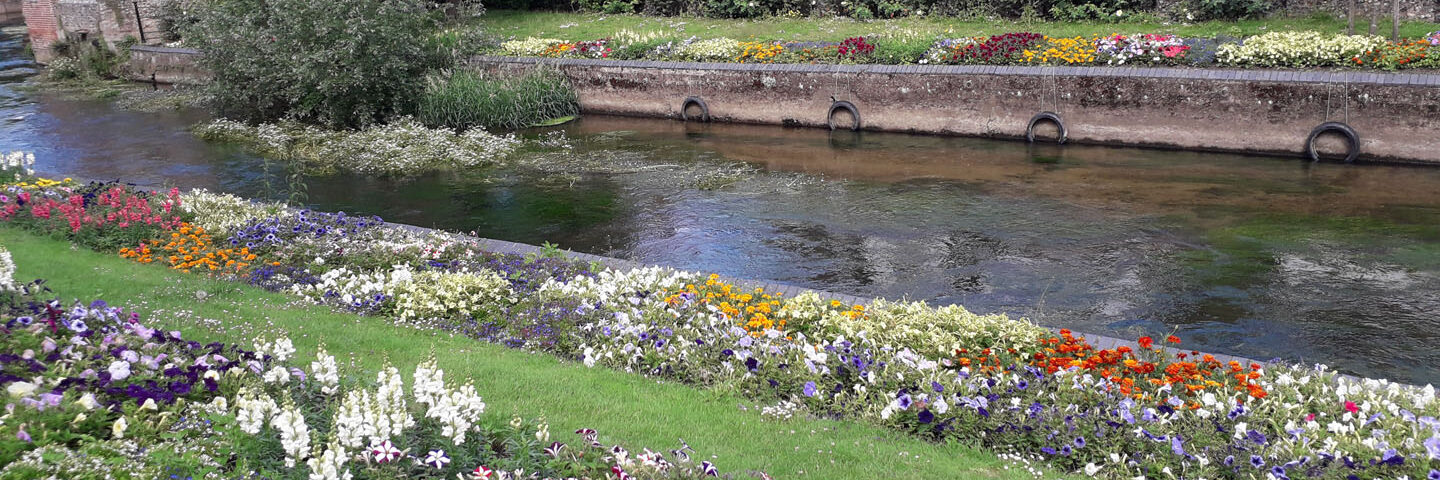by Nichola Ryder, January 2022
This guide to initial Cognitive Rehab has been constructed with the aims of providing a range of graded base line outcome measures to explore areas of cognition. They each have options for adaptations if required, but can be further graded and adapted as necessary for each Individual. The interventions will need preparation prior to use, but once set up will be able to “grab and go” with ease.
Please remember that this is a starting point only, items can be skipped, added to, changed or developed, in line with the Individuals needs and your own clinical rational.
Consider how each of these exercises, do not exclusively look at “memory” or “problem solving” alone, but has a complex range of skills being used throughout including communication, hand eye coordination, proprioception, initiation and disengagement of movements, both fine and gross motor skills, amongst many others.
I would recommend keeping an ongoing log alongside interventions, taking account of time to complete, introduction required to the intervention, responses, adaptations, level of support and accuracy. This will help inform activity analysis and measure changes in cognition as the interventions are repeated. I have included a draft table at the end of this document, that can be adapted to needs. This does not replace complex activity analysis for professional models of practice, but can help to track progress to inform analysis.
The long term aims is building towards, or completing alongside, tailored purposeful goals in specific Activities of Daily Living, using models such as MOHO, KAWA, PEO or similar to guide clinical reasoning and person centred treatment planning.
I have included a section on fine motor control, in consideration of their use cognitive applications through crossing the midline, neurological messages received for fine motor control, coordination, planning, sequencing etc.
I hope this is of use to the team and others, feedback and ideas to develop are welcome,
Best wishes
Nicky

Object Recognition
1) Level One 3D object recognition – prepare 5 objects of every day use (such as a hairbrush, bowl, cup, pen, ball). Introduce each one at a time to the individual, placing one at the time onto the table. Ask to point to the each object as you say their name eg. “can you point to the cup”. Grading and adapting with a written list that has a 2D image if required, alongside verbal or visual prompts. The objects can be changed regularly for different sessions as the individual builds confidence and accuracy. Can further be graded by increasing or decreasing number of objects and building speech responses into this exercise as needed.
Level One 2D object recognition – prepare laminated images of objects from their everyday routines. Introduce each item, giving examples of how they are used. They ask “can you point to … ”. To grade and adapt you can increase/decrease number of 2D images, or alter instructions “which item would you use to brush your hair?”
2) Level Two 3D object recognition – using 5 everyday objects to begin with, introduce each, placing on the table. Explain we are going to do a memory game – that they need to remember each of the objects, then close their eyes, at which point one will be removed. When asked to open their eyes, can they spot which one is missing? To grade and adapt: a written/typed list with images can be provided alongside to support problem solving, alongside visual and verbal cues as required. To increase difficulty as skills and confidence grow, increase number of items and/or remove more than one item for identification.
Level Two 2D object recognition – Prepare a range of different pairs games, these can be photos, cartoons, shadows and object, object and their noun. Then play face up to begin with, starting with 5 pairs. Moving to face down pairs. This can be further graded and adapted from the number of pairs being used.
3) Level Three 3D object recognition – Using a range of objects from different groups (eg. 5 musical instruments, 5 art materials, 5 balls etc), ask the individual to sort them into two boxes. This task can be graded and adapted by the type of objects being sorted and/or the number of different categories they fall into.
Level Three 2D object recognition – prepare and laminate difficult groups of images, for example dogs, plants, weather, shops etc. Then mix two categories together on the table, asking the individual to organise the images back into their categories. To grade and adapt, number of images given can be changed and the number of categories to sort can be adjusted.
4) Level Four object recognition – play an adapted version of eye spy, describing the object they need to identify. For example: “eye spy with my little eyes, something that is soft and cuddly with a cute button nose (bear)”. To grade and adapt: a grid of objects for different rooms with pictures alongside can be prepared, further can increase or decrease level of description.
Level Four 2D object recognition – provide a range of spot the differences challenges, which help to discern visual discrimination skills. You can also find games such as Wheres Wally or similar as alternatives.
5) Level Five object recognition – recognising correct items to help prepare for an activity or within a social story. For example, ask individual to help write a list then find the objects needed for today’s art group or their breakfast etc. This can be graded and adapted through visual and written lists that can be selected from if required.
6) Level six object recognition – can plan and prepare for a chosen activity with minimal support and/or support another person to plan and prepare.

Memory
1) Level one – using 5 everyday objects to begin with, introduce each, placing on the table. Explain we are going to do a memory game – that they need to remember each of the objects, then close their eyes, at which point one will be removed. When asked to open their eyes, can they spot which one is missing? To grade and adapt: a written/typed list with images can be provided alongside to support problem solving, alongside visual and verbal cues as required. To increase difficulty as skills and confidence grow, increase number of items and/or remove more than one item for identification.
2) Level two – play a word memory game such as “I went out of the door one Friday morning, and on the way I met…” adding different people, items or events each time when turn taking. To grade and adapt this task, a laminated sheet could be prepared with things to choose from, the individual then needs to remember the order and say the words if able.
Level two with actions – mirror and repeat an increasing range of actions for the individual to mirror.
3) Level three – Have a series of laminated cards of different images prepared (such as different sports or different animals). Play a memory game where each round, a new image is added, starting with 1. You have 20 seconds to memorise the cards, then they are turned over and must be recalled. To grade and adapt this task a laminated
Level three with actions – learn a simple song with sign language/actions to support.
4) Level four – Build memory aids to support recall of daily and weekly events – such as IPAD picture journal, a daily diary/scrapbook, timetable etc. Applying in practice each day.
5) Level five – Work together to address activities of daily living where memory impacts performance. Look at memory strategies to support this and apply together – eg. social story, prompt sheet, labels of cupboards etc. Trial use, reviewing and ensure least dependant strategy for Grading and Adapting is utilised.
6) Level six – Identify a meaningful new activity to learn and develop (such as making a cream tea, local walk, craft or otherwise) and build independence through a proportionate grading technique to aim for maximum independence within that task. Working up the hierarchy of Grading and Adapting.
Choose a topic of interest to learn about, researching and making games surrounding this topic to build memory – teaching studying strategies in practice. Could put work into a project book or memory board.

Problem Solving
1) Level one – Work together on a graded series of mazes, spot the difference, cross words and word searches. Note time to complete and level of support required.
2) Level two – Play a range of box games that use basic Problem Solving skills, such as Puzzles, dominoes (either as a game or as a topple challenge), Guess Who, Connect 4, Topple towers, Avalanche etc. Note level of difficulty for the game (eg. if a puzzle the number of pieces) as well as level of support needed and time to complete.
3) Level three – Using one type of resource (such as bricks) build the tallest tower possible in a “TaskMaster” type challenge. To grade and adapt, complete with different types of resources each round (such as newspaper and masking tape, plastic cups, straws etc). Other “TaskMaster” type challenges can be provided, such as giving a basket of resources, and asking to make the most spectacular shot into the goal.
4) Level four – Play a graded series of higher level problem solving games, such as solving Riddles, completing graded Quizzes, Mahjong tiles, solitaire, Cludeo, card games, what am I, Yes/no game, Don’t say, pictionary etc. Please note that these do need a secure communication base, therefore may need tools developed to support Individuals with communication barriers or other challenges.
5) Level five – Prepare laminated images of everyday activities being completed and/or social stories. Show one set of these cards, and discuss each picture. Then ask the individual to sequence them, prompting as needed “which one do you think comes first”. Grade and adapt through number of steps to be sequenced, type of activity being explore or text only could be used.
6) Level six – Build a range of social stories, providing questions along the way with challenges to address (multiple choices can be given). Can write social stories together, taking turns in lines added or write poetry. Discuss What If questions around images and hold active discussions around the newspaper or local events.

Fine Motor control: Hand eye coordination, proprioception, fluidity of movement,
Remember all these exercises and ideas, can be amalgamated into a purposeful activity or game to increase engagement and give motivation.
1) Level one – Make and use sensory play dough (add in lavender, thyme, cinnamon or other herbs and spices) that can then be used to purposefully develop hand movements through a structured exercise programme. Guidance available online and has been printed in files.
Further hand stretch exercises can be completed using therapy putty, with a bowl of warm water and sponges, therapy slime etc.
2) Level two – Work on individual finger strength using pegs, placing pictures on a washing line or around the edge of a plate. Different resistance of pegs can be acquired over time.
Can further learn songs on a keyboard or use other instruments.
3) Level three – Use a series of games to work upon fine motor control, such as Jenga, Buckaroo, Avalanche, dominoes, hoops, catch etc.
4) Level four – Identify and cook/bake a range of foods/drinks that use a focused range of fine motor control: scones, bread, fruit crumble, salad
5) Level five – Explore different materials to build 3D objects, this could use Lego, recycled materials, models, paper mache or others. This can be made into time challenges or with time to complete.
Decorating items where possible

With thanks to
- https://www.theothub.com/
- https://www.theottoolbox.com
- https://www.nhsggc.org.uk/kids/healthcare-professionals/paediatric-occupational-therapy/fizzy-programme/
- https://www.yourtherapysource.com
- https://www.ottoolkit.com/
- https://www.toolstogrowot.com/
- https://www.rcot.co.uk/practice-resources
- https://www.otresourcescentral.com/
- Taskmaster – All 4 (channel4.com)
